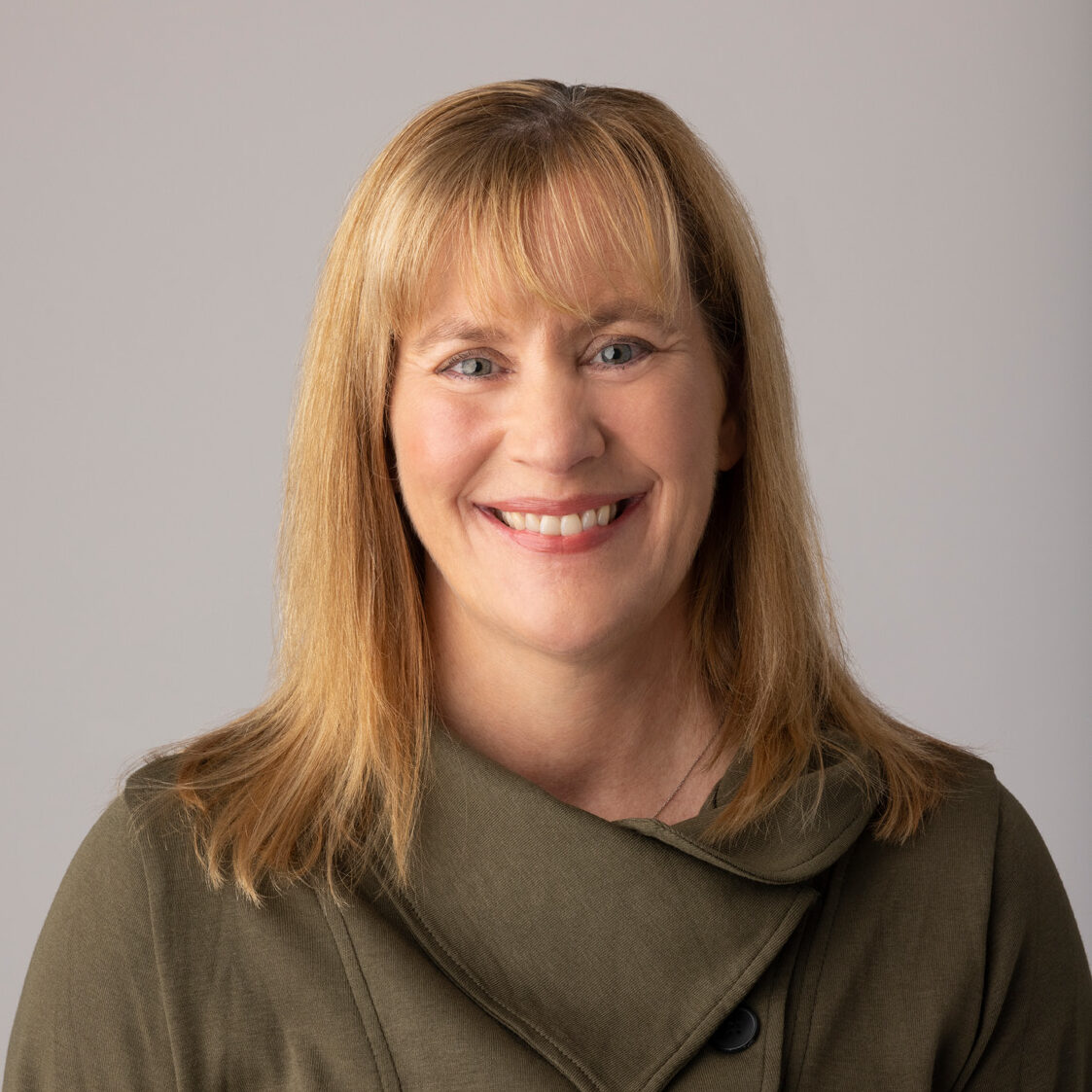We’ve come a long way from magazine subscriptions. Recurring revenue is now the gold standard for businesses of all types. Many of the fastest growing companies in the world—SaaS and otherwise—employ a recurring revenue model, including Salesforce, Amazon, Netflix and Uber. Harvard Business Review calls recurring revenue “the best business model in the world.” Fortune says we’re now living in “the subscription economy.”
Recurring revenue can be a minefield for CFOs who are trying to figure out how to compensate their sales forces, however. One false step can explode the ambitions of a company trying to establish itself in the market.
So what are the best practices for CFOs in establishing a sales and commission model for a recurring revenue company? Two experts from Accenture Consulting grasped this thorny topic at a recent Norwest Venture Partners conference on sales operations and commissions in a SaaS business. Leading the roundtable of Norwest portfolio company CFOs were Kevin Dobbs, Everything-as-a-Service Practice Lead, and Mark Wachter, Managing Director of Sales Strategy. The gathering produced keen insights to best practices for creating successful sales and compensation plans.
The session kicked off with a discussion of the enlightening results of a recent Norwest Portfolio Sales Commission survey. They pinpointed some of the problems most commonly encountered by both young and mature companies. Understanding the full implications of their sales compensation and commission plans is critical to CFOs, and when they don’t, their companies can end up unwittingly with sales and commission plans that negatively impact their bottom line and their long-term prospects for growth and success. Many of the pain points of the survey and the discussion focused on the best commission rates for new bookings, upsells, and renewals.
Three Key Pieces of Advice
What can these CFOs do better? Put simply, they need to strike a balance. “It’s important to focus on the mechanics, such as what are the measures and how to weight them,” Dobbs said. When it comes to SaaS business models, Dobbs and Wachter laid out three key pieces of advice for CFOs who are trying to establish a successful sales and commission formula:
1. Align incentive and strategy. This sounds easy but can be tricky because it’s complex. The complexity comes from defining your key success metrics, how they are tracked, setting goals, what success looks like and then how do you want to pay for these results. And it’s very important because it has serious implications for companies that plan to raise money. Dobbs Business Model Framework around key SaaS business dimensions (Strategy, Finance, Org & Culture, Products, Sales & Marketing, Service Delivery, Customer Success) highlighted the business areas impacted by sales compensation, including growth strategy, finance and accounting, talent strategy, sales strategy, and account management.
2. Divide salespeople into two categories according to their talents: “hunters” and “farmers.” It’s important not to confuse the two. You must recognize who they are, how they are different and incentivize them appropriately to ensure they succeed. This becomes very important as a company scales and there are different teams responsible for new bookings, upselling, and renewals. Our survey found that 37% of companies had a separate customer success team while 25% were still relying on outside reps for renewals. Data also revealed that none of the companies were paying reps or account managers for renewals. However, most companies pay their renewals agents some small type of bonus or commission for renewals somewhere in the range of one to two percent.
3. Establish quotas. Pay mix and quotas may not affect company performance, but it does affect retention. A longer sales cycle should have a lower pay mix (more base, less variable), and a quota strategy is typically implemented, when pay mix goes up (lower base, higher variable) and the sales rep has control and influence in the sale. When it comes to setting quotas, however, most organizations don’t set sales quotas correctly. Quotas have to make sense in terms of the fundamentals of your business. Done right, they help level the playing field. Done wrong, they can undermine your sales effort and create unnecessary conflicts in the areas of:
• Strategic direction
• Timing
• Sales coverage
• Sales skills
Optimizing Sales Organization Structure and Commission Plans
Growing pains discussed by the CFOs centered around the hunter versus farmer dilemma and structuring the sales organization and commission plans to optimize performance around new bookings, upselling, and renewals. One CFO mentioned that their sales people are at the renewal point with decent sized contracts, and the debate was around whether they should get full payment for those renewals. When a person upsells, what credit do they get, particularly when the upsell happens in the mid-term of an annual contract? When an organization starts to face these types of questions, it is generally a sign that is it time to set up a separate account management team, also known as a customer success function, to focus on upselling and renewals so that their inside and outside sales teams can focus on new bookings. This can actually help the commission plans to be less complex and can help reduce churn. As Dobbs pointed out, if you get more than 10% churn a year, you won’t make money; you need a strong upsell and cross sell opportunity.
Pain around how to pay out commissions was also discussed. For example, some companies pay commissions monthly instead of quarterly. Portfolio CFOs gathered around the table generally agreed that it’s “insane” to try and track commissions monthly. Nevertheless, companies need to wrestle with commission payouts, whether they’re annual or quarterly, as well as assessing the overall impact of accelerators on the company. Most CFOs said they do quarterly payouts while some do half year and others use a hybrid model of quarterly payouts with a one-year kicker. The consensus around best practice was an annual plan with quarterly quotas, payouts and accelerators. Sales compensation tools can be helpful as well. Organizations with fewer than 15 employees in their sales organization can get away with Excel, the Accenture experts said, but when the company grows, they need more powerful tools like sales comp platforms such as Callidus, Varicent, or Xactly. One CFO said they have hired a person to focus on managing their sales compensation platform.
Designing Incentives for the Curve and Other Best Practices
Another commission consideration discussed focused on the length of contracts. The majority of the portfolio companies surveyed had a mix of annual and multi-year contracts, and this can make commission plans more complex. For contracts longer than one year, Dobbs and Wachter suggested using Sales Promotion Incentive Fund (SPIF) as incentives for sales people. They also said it’s important to design for the sales performance curve, since there is no such thing as an “average sales person.” Wachter shared some statistics suggesting the top 20% of sales reps drive 62% of the revenue while the remaining 80% of the sales reps drive only 38%. “You need to design sales incentives so you’re not overpaying, rather you need to pay at or above market for top performers, but fairly to core performers so they’d become top performers,” Wachter said. What’s more, the sales management spends most of their time with the top and bottom performers while the middle 70% is the “forgotten core.” This middle segment also typically proves to possess the talent capable of delivering top performing sales. He suggested having a draw program that helps protect those who will develop into top performers.
Other suggested best practices include putting limits around non-recoverable draws for three to six months for new hires, but much depends on the stage of the company. Most CFOs agreed with a best practice of not paying 100% in the draw. Finally, it’s important to determine who owns the bulk of new bookings and renewals. In summary, a good compensation plan depends on getting the fundamentals correct and properly aligned.
Is There a Smooth Path to Success?
Of course there’s no magic recipe for building a successful company, although these days it seems recurring revenue comes pretty close. If you want your own recurring revenue business to drive a smooth path to success, you must set up a sales and commission plan that works in synchromesh with your strategy and goals.




